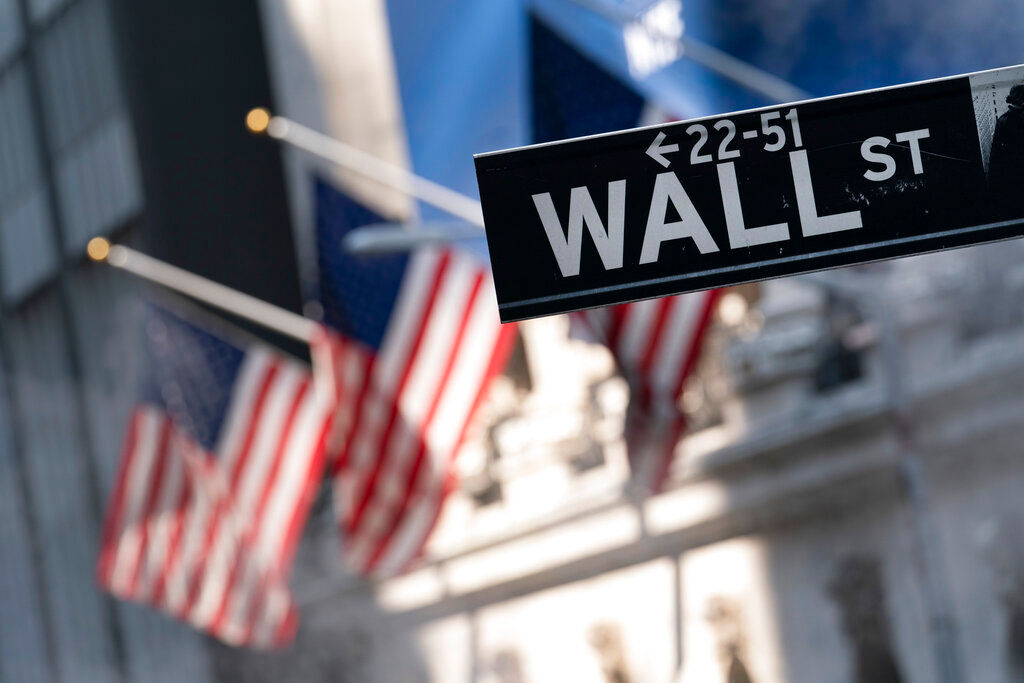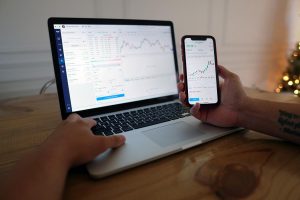Wall Street headed for strong gains before the opening bell
Wednesday after the government reported inflation eased slightly last month,
but remained high enough to be an issue of concern at the Federal Reserve.
Futures for the benchmark S&P 500 index rose 1.8% and
1.3% on the Dow Jones Industrial Average.
Also Read | What remains in and what’s out of Democrats’ Inflation Reduction Act package: Explained
The Labor Department reported that U.S. inflation in July
eased to 8.5% from the previous month’s four-decade high of 9.1% as gas prices
retreated significantly.
But anything above 8% is “still too high” for the
Fed, Tan Boon Heng of Mizuho Bank said.
“The fight to tackle inflation is far from over,”
Tan said before the inflation data was released.
Also Read | Where to invest during high inflation?
While some signs point to inflation easing in the coming
months, it will likely remain far above the Federal Reserve’s 2% annual target
well into next year and maybe even into 2024. Chair Jerome Powell has said the
Fed needs to see a series of declining monthly core inflation readings before
it would consider pausing its rate hikes.
Also Read | Why global economy is not in recession yet
The Fed has raised its benchmark short-term rate at its
past four rate-setting meetings, including a three-quarter point hike in both
June and July — the first increases that large since 1994. Investors expect
another hike of 0.75 percentage points in September after data last week showed
hiring was stronger than forecast.
Investors fear that efforts by the Fed and other central
banks in Europe and Asia to cool inflation might derail global economic growth.
Also Read | Why US inflation is going up and when will it come down
Fed officials acknowledge there is a danger the U.S.
economy might tip into recession, but some point to the strong job market as
evidence it can tolerate more rate hikes.
In midday trading, the FTSE 100 in London gained 0.3% and
the DAX in Frankfurt advanced 1.1%. The CAC 40 in Paris climbed 0.8%.
In Asia, the Shanghai Composite Index lost 0.5% to 3,230.02
and the Nikkei 225 in Tokyo sank 0.7% to 27,819.33. The Hang Seng in Hong Kong
plunged 2% to 19,610.84.
Also Read | US inflation rate at a 40-year high | A timeline: 1930-2022
The Kospi in Seoul fell 0.9% to 2,480.88 and Sydney’s
S&P-ASX 200 was 0.5% lower at 6,992.70.
India’s Sensex lost less than 0.1% to 58,826.80. New
Zealand and Southeast Asian markets retreated.
Markets also have been rattled by Russia’s war on Ukraine,
which caused a spike in prices of oil, wheat and other commodities, and
uncertainty about Chinese anti-virus measures that disrupted manufacturing and
trade.
Also Read | Is it better to invest in real estate during surging inflation?
In energy markets, benchmark U.S. crude was unchanged from
the previous day in electronic trading on the New York Mercantile Exchange. The
contract fell 26 cents to $90.50 on Tuesday. Brent crude, the price basis for
international trading, shed 7 cents to $96.24 per barrel in London. It declined
34 cents the previous session to $96.31.
Also Read | The 2008 market crash: Inside the doomsday machine and a brief history
The dollar declined to 133.25 yen from Tuesday’s 135.18
yen. The euro rose to $1.0319 from $1.0205.
On Tuesday, the S&P fell 0.4%, the Dow slipped 0.2% and
the Nasdaq lost 1.2%.







